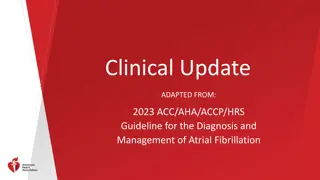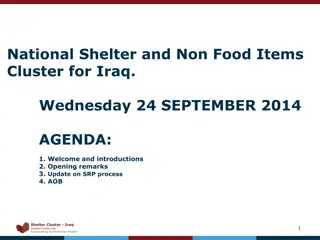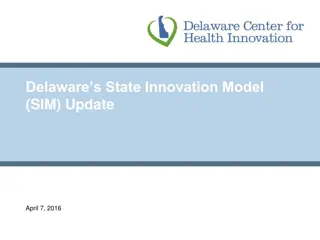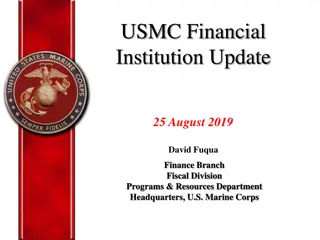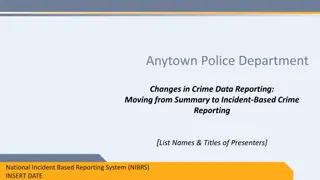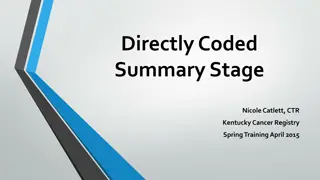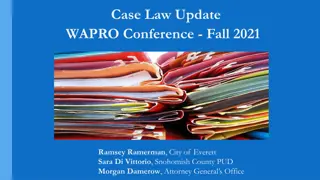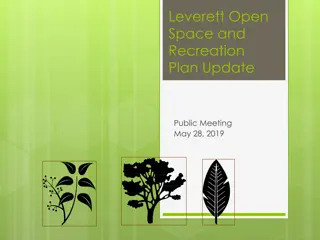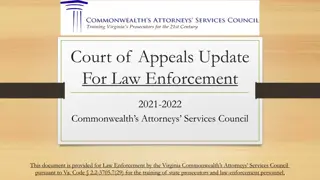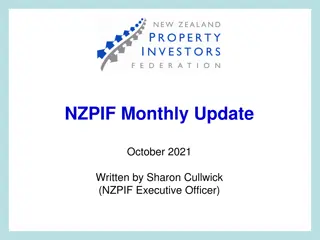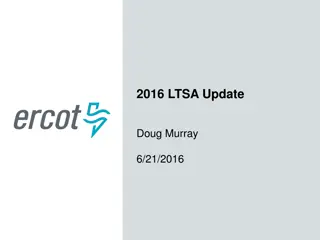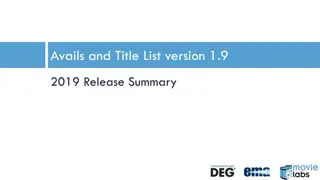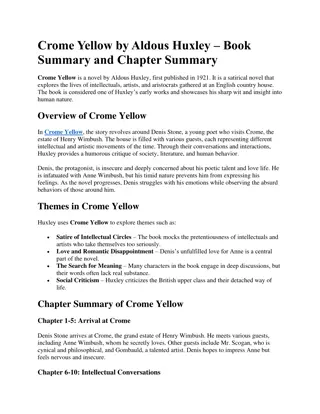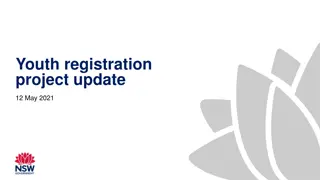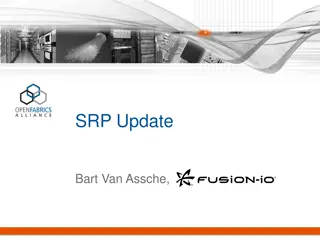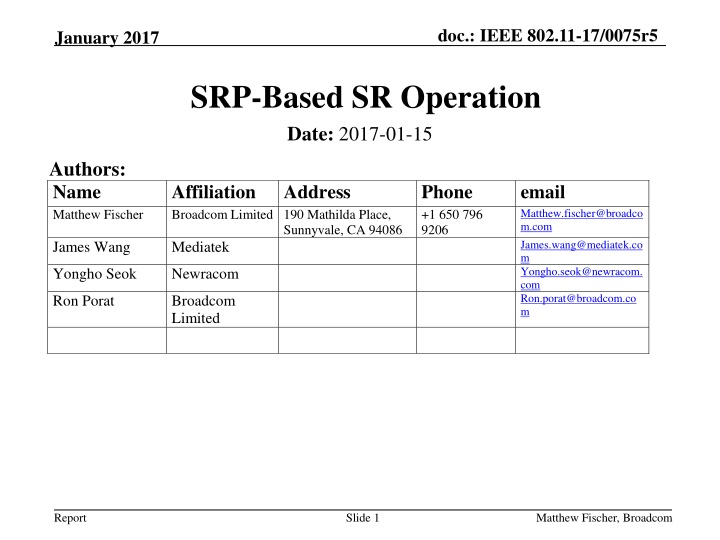
Overview of IEEE 802.11-17 SRP-Based SR Operation
Explore the spatial reuse mechanism in IEEE 802.11-17 document authored by Matthew Fischer of Broadcom. The document delves into SRP operation, HE STA capabilities, and current status along with case descriptions.
Download Presentation

Please find below an Image/Link to download the presentation.
The content on the website is provided AS IS for your information and personal use only. It may not be sold, licensed, or shared on other websites without obtaining consent from the author. If you encounter any issues during the download, it is possible that the publisher has removed the file from their server.
You are allowed to download the files provided on this website for personal or commercial use, subject to the condition that they are used lawfully. All files are the property of their respective owners.
The content on the website is provided AS IS for your information and personal use only. It may not be sold, licensed, or shared on other websites without obtaining consent from the author.
E N D
Presentation Transcript
doc.: IEEE 802.11-17/0075r5 January 2017 SRP-Based SR Operation Date: 2017-01-15 Authors: Name Matthew Fischer Affiliation Broadcom Limited 190 Mathilda Place, Address Phone +1 650 796 9206 email Matthew.fischer@broadco m.com James.wang@mediatek.co m Yongho.seok@newracom. com Ron.porat@broadcom.co m Sunnyvale, CA 94086 James Wang Mediatek Yongho Seok Newracom Ron Porat Broadcom Limited Report Slide 1 Matthew Fischer, Broadcom
doc.: IEEE 802.11-17/0075r5 January 2017 Abstract An overview of the SRP Based Spatial Reuse Mechanism Details of the SRP Based Spatial Reuse mechanism are found in: Document 11-16-1476r14 CID too many to mention Report Slide 2 Matthew Fischer, Broadcom
doc.: IEEE 802.11-17/0075r5 January 2017 SRP SR Basic Operation HE SRP Capable STA identifies an SR Opportunity from an SRP PPDU: RXVECTOR parameter SPATIAL_REUSE and/or Trigger Frame Common Info Spatial Reuse field The HE STA is allowed to initiate an SR Transmission for the duration of the ongoing SRP PPDU (SRP Opportunity) if the following SRP conditions are met: within a preceding SRP Decision Window, a reverse direction PPDU is detected with the same OBSS Color Allowing SR Transmission interference to be estimated an SR PPDU is queued for transmission at the SR STA Backoff reaches zero during the SRP Opportunity To reduce the probability of SR Transmitter collisions Transmit power level is adjusted to meet the SRP parameter condition so that interference at the ongoing receiver location is avoided Report Slide 3 Matthew Fischer, Broadcom
doc.: IEEE 802.11-17/0075r5 January 2017 Current Status (D1.0) Spatial Reuse field exists In HE SIGA field of all HE PPDU formats In Trigger frame Common Info field Spatial Reuse field contents defined For just a few cases Need to complete the transmission content behavior description Some Spatial Reuse values undefined SR_DELAY, SR_RESTRICTED mentioned, but value not defined Recipient behavior not described Need definition of behavior Report Slide 4 Matthew Fischer, Broadcom
doc.: IEEE 802.11-17/0075r5 January 2017 Basic Case Description First I.e. Trigger and trigger-based PPDU sequence This is the simplest, basic case Following description of components of SRP will refer to this case SRP components include: Transmitter SRP field contents (slide 6,7) Behavior for recipient of PPDU, based on SRP field contents Rules for determining when an SR Transmission can be made (slide 8) TX Power for SR transmitter (slide 8) Backoff for SR transmitter (slide 9) Duration of SR transmission when allowed (slide 10) Acknowledgement transmission rules (slide 11) Report Slide 5 Matthew Fischer, Broadcom
doc.: IEEE 802.11-17/0075r5 January 2017 SRP Field for Transmitter Trigger (1) DSRP_PPDU Definition: PPDU which contains at least one Trigger MPDU DSRP_PPDU SIGA SRP field: SR_DELAY = recommended value Lets recipient know that a trigger MPDU with full SRP parameter values is present in the payload Numerical value ok TXPower + Acceptable Receiver Interference E.g. allows SRP during trigger PPDU, e.g. Trigger+DATA SR_DISALLOW ok, prevents SRP on the Trigger PPDU, but does not prevent SRP during the following trigger-based PPDU Report Slide 6 Matthew Fischer, Broadcom
doc.: IEEE 802.11-17/0075r5 January 2017 SRP Field for Transmitter Trigger (2) Trigger MPDU Common Info Spatial Reuse field: Numerical value TXPower + Acceptable Receiver Interference AP dictates Target RSSI for Trigger-based PPDU(s) that are response(s) to the Trigger AP dictates the MCS for all Trigger-based PPDUs AP knows current interference level at the AP location Therefore, AP can calculate expected SINR of Trigger-based PPDU AP can place this acceptable receiver interference into the Trigger MPDU Common Info field, UL Trigger-based PPDU responders will copy the SRP value from the Trigger Common Info into the UL Trigger-based PPDU PHY SRP field Never SR_DELAY SR_DISALLOW ok Report Slide 7 Matthew Fischer, Broadcom
doc.: IEEE 802.11-17/0075r5 January 2017 SR STA SRP Check SR STA definition: a STA that receives DSRP_PPDU Must determine if an SRP Opportunity exists Assume that SIGA SRP = SR_DELAY SR STA decodes payload, finds Trigger, examines Spatial Reuse field in Common Info Numerical value means SRP Op is possible if conditions can be met SR STA checks TX Power condition based on measured RSSI of DSRP_PPDU, assumes reciprocal path loss I.e. if AP transmitted Trigger was received at SR STA location with RSSI of X, then SR STA assumes that SR STA transmission would arrive at AP location with RSSI of X Therefore, SR STA can determine estimated level of interference with Trigger-based PPDU, for any given TX power SRP parameter in Trigger-based PPDU provides maximum interference allowed Report Slide 8 Matthew Fischer, Broadcom
doc.: IEEE 802.11-17/0075r5 January 2017 SR STA Backoff If Interference condition can be met by SR STA upon transmission Backoff must be performed Multiple SR STA might exist, without backoff, they would transmit simultaneously Backoff is just continuation of existing backoff Simple, and reflects fact that even under non-SRP conditions, different STA will see different Medium Condition and count different backoff countdown Report Slide 9 Matthew Fischer, Broadcom
doc.: IEEE 802.11-17/0075r5 January 2017 SR STA SR Transmission If backoff expires, SR STA transmits, provided that the transmission does not exceed the duration of the SRP PPDU To decode Trigger Common Info field, full PPDU has been decoded and medium is BUSY for the duration of the DSRP_PPDU Rules proposed make this explicit I.e. backoff will not expire until sometime during the Trigger- based PPDU transmission PHY Header of Trigger-based PPDU must be received first Confirmation of COLOR of DSRP_PPDU and Trigger-based PPDU occurs Report Slide 10 Matthew Fischer, Broadcom
doc.: IEEE 802.11-17/0075r5 January 2017 SR PPDU Acknowledgement Acknowledgement of SR PPDU can cause interference Acknowledging STA must check local SR conditions before responding Normal ACK ignores all medium indications Responding STA must be able to distinguish SR PPDU from Normal PPDU Need indication within transmitted SR PPDU that it is an SR PPDU Provided within A-Control Recipient must check SR condition locally before deciding to respond with ACK to avoid causing interference to reception of original Trigger-based PPDU Report Slide 11 Matthew Fischer, Broadcom
doc.: IEEE 802.11-17/0075r5 January 2017 DSRP_PPDU and Trigger-based PPDU SR Opportunity from DSRP_PPDU AP Duration from Common Info field Trigger frame MPDU OBSS Transmission DSRP_PPDU HE Trigger-based PPDU Trigger Frame UL STA TX PowerSR Initiator < SRP RSSItrigger frame SR HE Trigger-Based PPDU responder SR initiator Report Slide 12 Matthew Fischer, Broadcom
doc.: IEEE 802.11-17/0075r5 January 2017 TSRP_PPDU, Trigger not Identified SR Opportunity from TSRP_PPDU AP Duration from LSIG OBSS Idle or PPDU with same Color Transmission HE Trigger-based PPDU Trigger Frame UL STA TX PowerSR Initiator < SRP INTFlevel SR If preceding PPDU detected with same Color, not identified as Trigger, e.g. SR parameter not SR_DELAY and payload not correctly decoded, INTFlevel = RSSIPPDU HE Trigger-Based PPDU responder SR If a preceding PPDU with same Color is identified as Trigger, then the case is DSRP_PPDU initiator If IDLE detected before TSRP_PPDU, INTFlevel = RXSENSITIVITYMINIMUM Report Slide 13 Matthew Fischer, Broadcom
doc.: IEEE 802.11-17/0075r5 January 2017 UL HE SU PPDU or HE MU PPDU SR Opportunity identified from an uplink HE SU PPDU or HE MU PPDU AP OBSS PPDU Duration Transmission ULSRP_PPDU (HE SU PPDU or HE MU PPDU) UL STA TX PowerSR Initiator < SRP highest received power level of all beacons of the same BSS color received within the previous 100ms SR responder HE UL SU PPDU or HE MU PPDU SR initiator Given that PPDU is UL, then the intended recipient is an AP if we can identify the AP by color and if we have observed a Beacon corresponding to this AP, then we can estimate SR STA interference Report Slide 14 Matthew Fischer, Broadcom
doc.: IEEE 802.11-17/0075r5 January 2017 DL HE SU PPDU or HE MU PPDU SR Opportunity identified from a downlink HE SU PPDU or HE MU PPDU SR Initiator is restricted to AP only PPDU Duration Non-AP STA OBSS Transmission DLSRP_PPDU (HE SU PPDU or HE MU PPDU) AP TX PowerSR Initiator < SRP highest received power level of all OBSS PPDUs of the same BSS color received during the previous 500 ms SR responder HE SU PPDU or HE MU PPDU AP (SR initiator) Given that PPDU is DL, then the intended recipient is some unknown STA within the OBSS the best estimate of SR STA interference to that recipient is to use the highest RSSI of all PPDU received with that color Report Slide 15 Matthew Fischer, Broadcom
doc.: IEEE 802.11-17/0075r5 January 2017 Precedence of SRP vs OBSS PD SR OBSS PD is based on an assumption That the average intra-BSS path power is greater than the average inter-BSS path power Average assumed is not always true Degree of failure of assumption unknown SRP provides measured information on an active link Uses measured path power to estimate interference Does not rely on global average assumptions Information is known, interference is estimable Whenever SRP information is available and STA is capable, OBSS_PD should be DISABLED Report Slide 16 Matthew Fischer, Broadcom
doc.: IEEE 802.11-17/0075r5 January 2017 Straw Poll Do you support the adoption of 11-16-1476r14 as the resolution for CIDs related to SRP? Y N A Report Slide 17 Matthew Fischer, Broadcom
doc.: IEEE 802.11-17/0075r5 January 2017 Straw Poll 2 Do you support the general direction of 11-16-1476r14 as the resolution for CIDs related to SRP as outlined in 11-17-0075r5? Y N A Report Slide 18 Matthew Fischer, Broadcom

